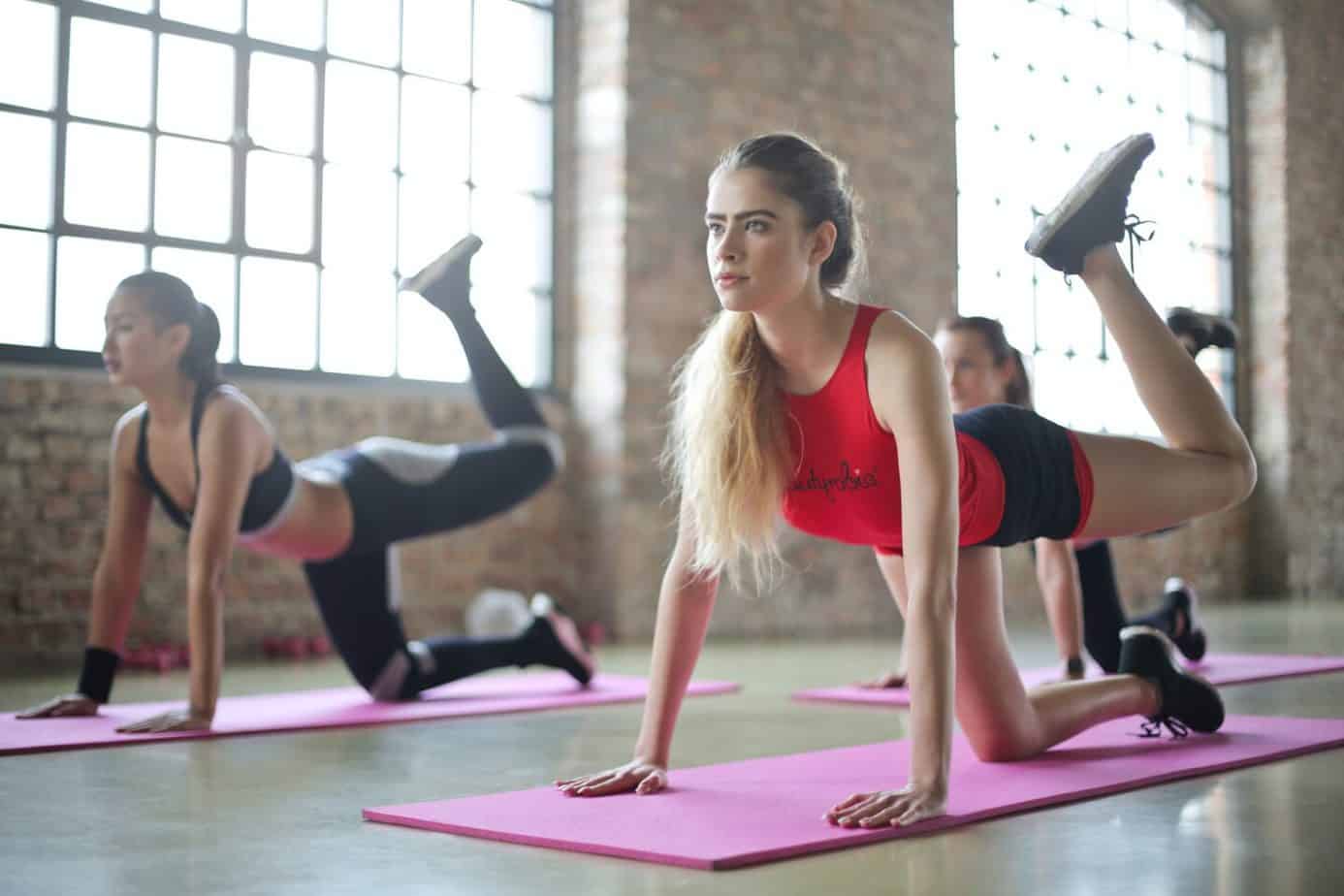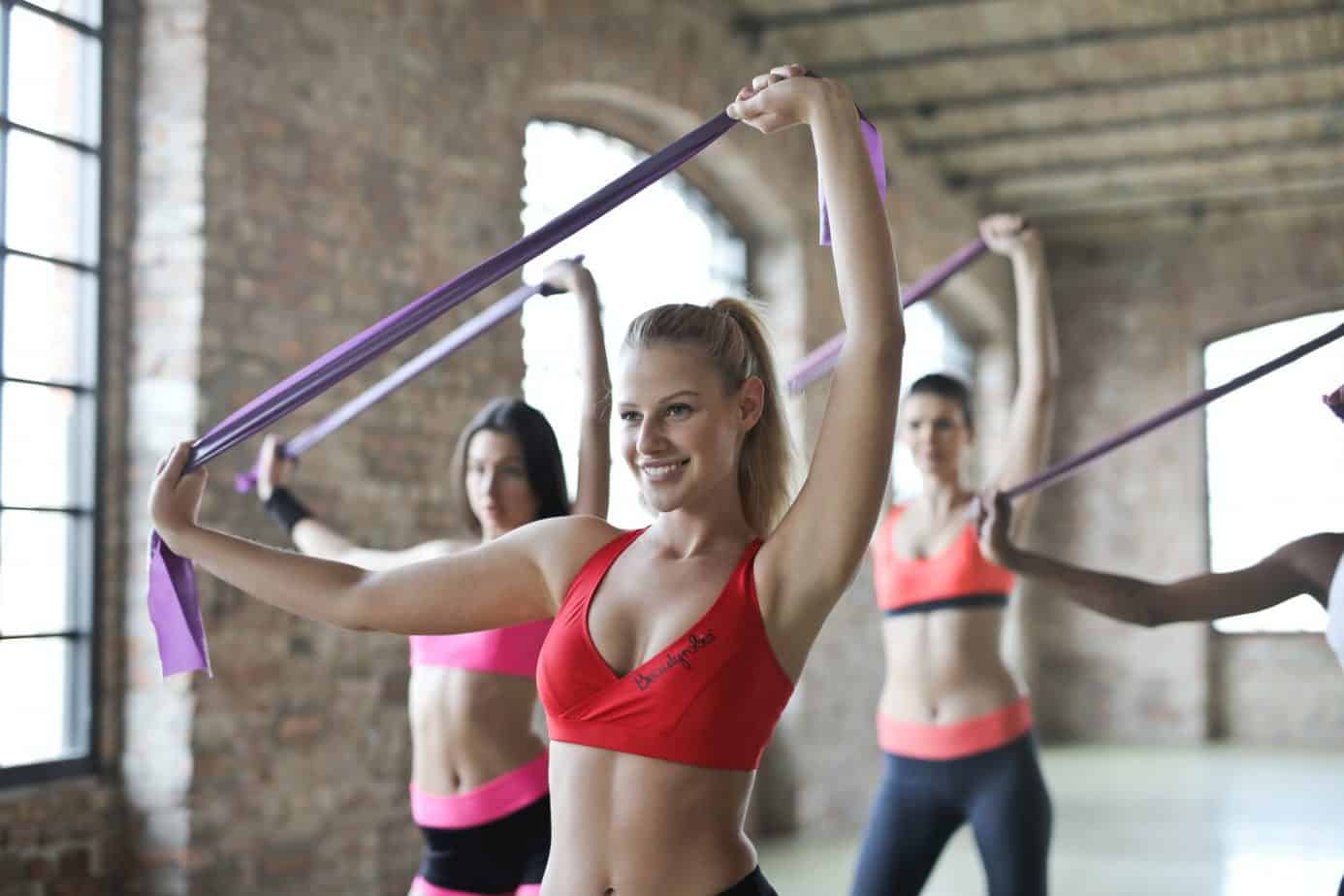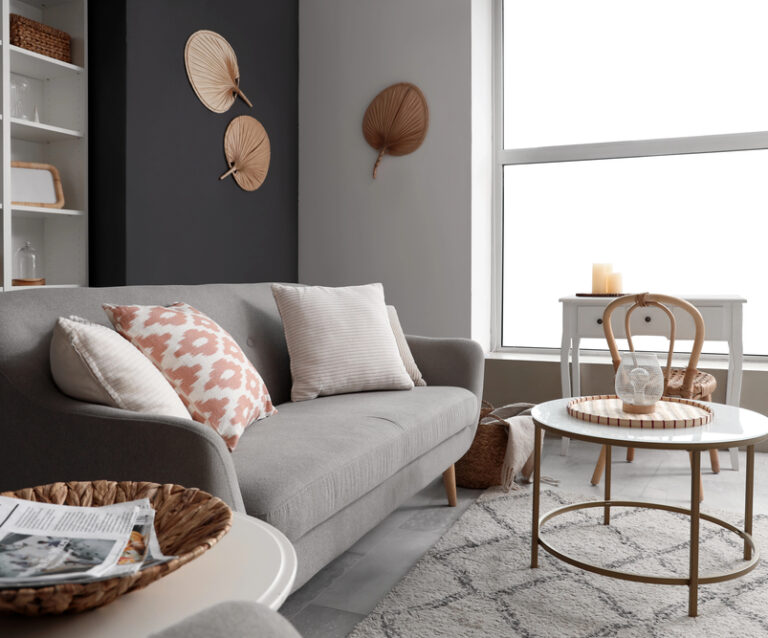Understanding the Pilates principles is fundamental to any Pilates workout and is the difference between getting the most out of your routine and just doing a series of exercises.
A Pilates workout revolves around the eight pilates principles of control, breath, flowing movement, precision, centring, stability, range of motion, and opposition.
Contents
Control
The Pilates method, designed by Joseph Pilates, was originally called ‘Contrology,’ and the first basic principle is to control the body’s movements. This applies to the exercises, the transitions between them, and general attention to detail during a workout. Ending each exercise in a controlled fashion allows the muscles to hold in a lengthened state so that over time they grow ‘long’ as well as strong, hence the term ‘a lean Pilates body.’
By controlling movements, the body is also forced to use other muscles called synergists. When these muscles work together for one movement, the whole body develops greater coordination and balance. As an added bonus, the muscles do not get big and bulky.
Flowing Movements
Unlike yoga, where movements are often held for a minute or two, you rarely hold a position in Pilates. Keeping the body flowing is essential, along with ending the move using control and precision. This way of movement brings flexibility to the joints and muscles and trains the body to move evenly.

Breathing
Proper breathing is essential to the flowing nature of Pilates and sets it apart from many other exercise techniques. The general rule for Pilates, unlike yoga, is to breathe out on the effort. When you forget to breathe, your muscles tense, while proper breathing helps the body stretch and release tension. This, in turn, promotes optimum body control.
Precision
Not unlike control, precision incorporates spatial awareness, meaning you must know where the movement starts and ends. All Pilates exercises have definite points where the body should be at all times.
Stability
Stability is one of the things that makes Pilates so good for anyone with injuries, and many of the pilates mat exercises concentrate on torso stability. In short, this means not moving one part of the body while the other is in action. A good example is not arching your back while raising your arms in front of you. This means using the abdominal muscles, so the rib cage does not rise.

Centring
Most Pilates exercises concentrate on abdominal strength, which involves pulling the navel into the spine to activate those deep abdominal muscles. Even when working arm muscles, it is important to use that core strength. Your centre must always be completely engaged and stabilized to avoid injury.
Opposition
Think of this concept as moving the body in two different directions. A Pilates roll up uses deep abdominal muscles; however, working in opposition will also use the hamstrings and inner thighs activating more muscles.
Range of Motion
This refers to flexibility and how much movement one part of the body can do. For example, how high you can kick your leg up gives an idea of the range of motion in the hip area. Most Pilates exercises require a certain amount of flexibility, and many beginners find their range increasing after a few sessions.
These principles all form part of a basic Pilates workout.














No Comments